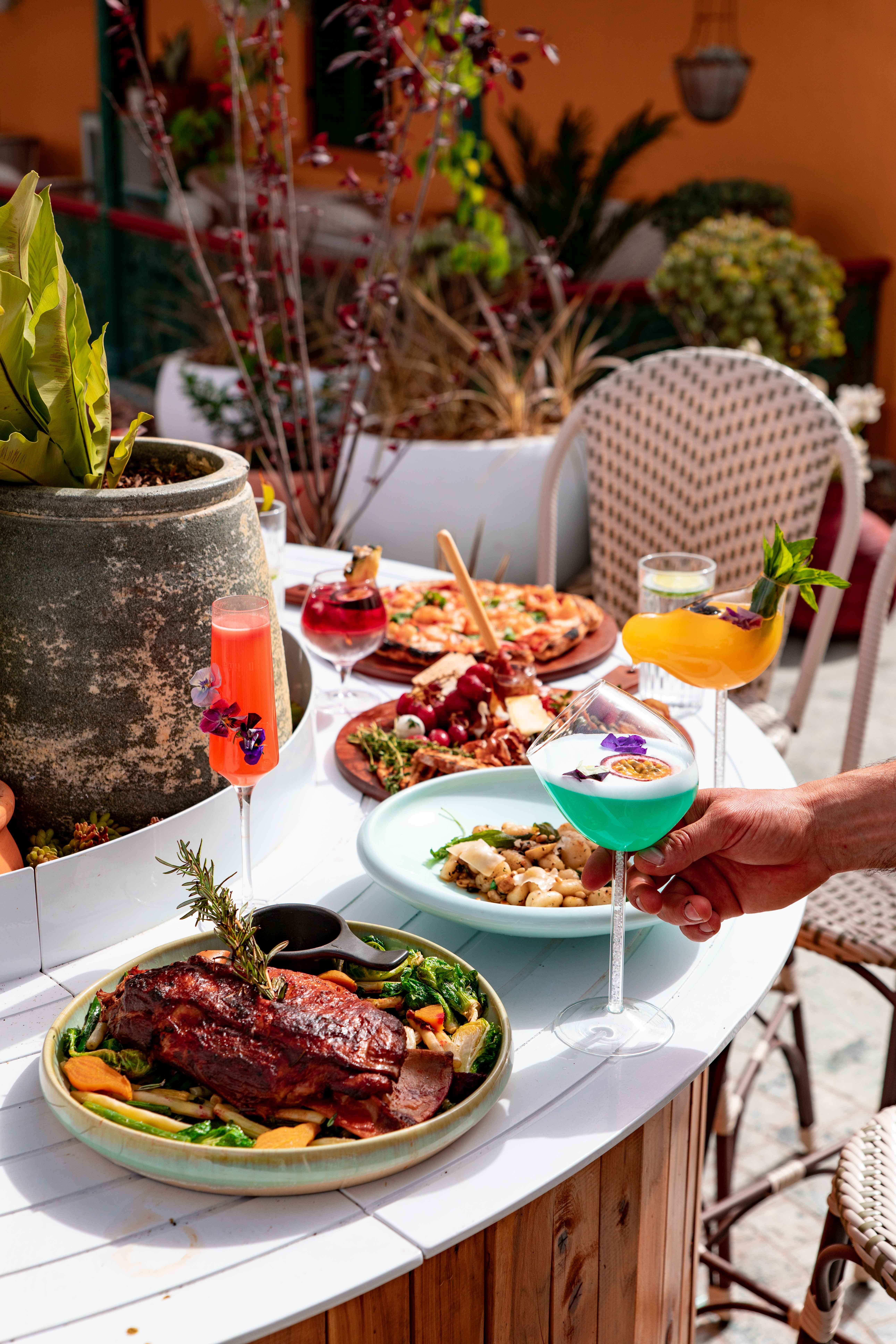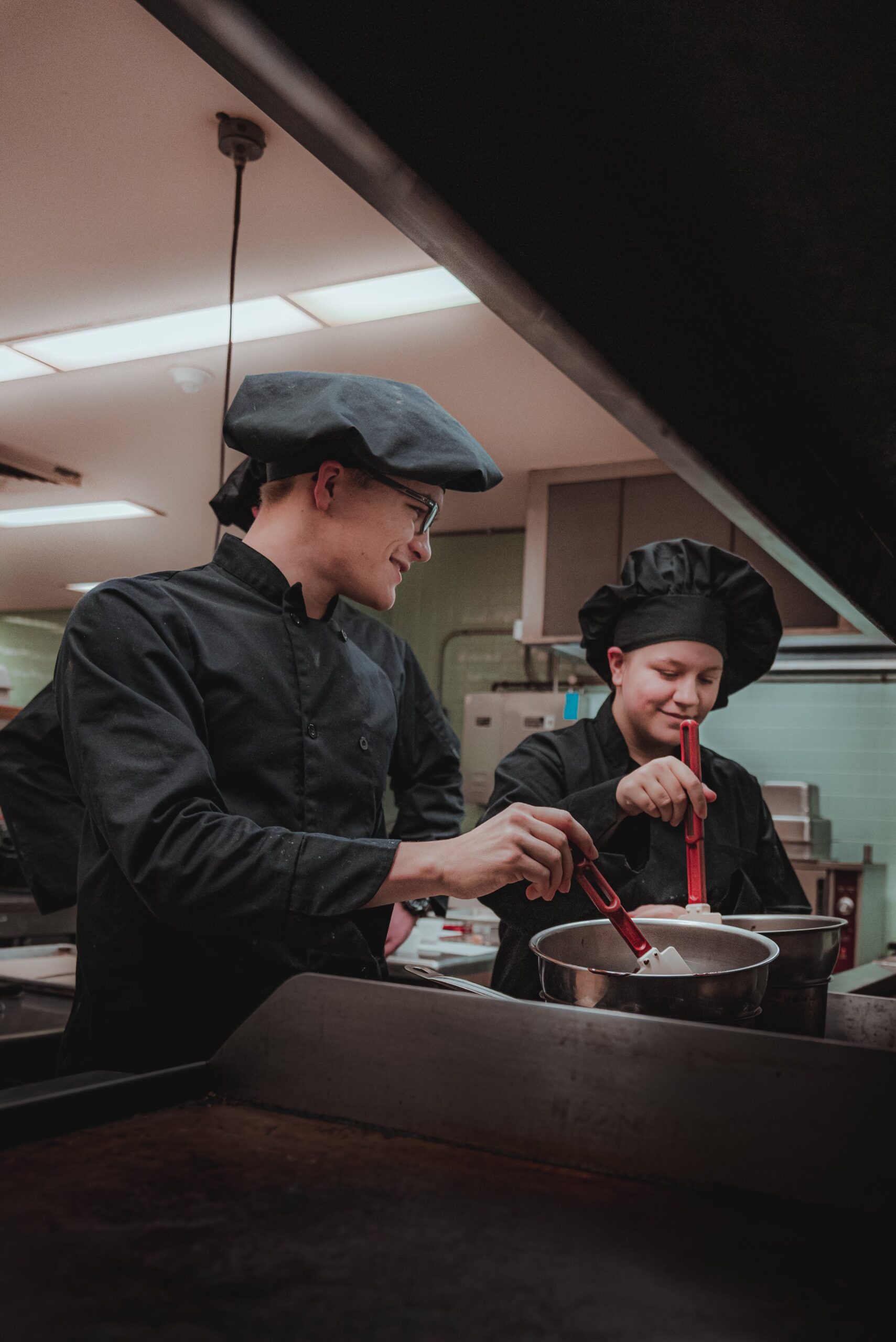Food brings people together across cultural and geographic barriers. It is a universal language that brings people together, awakens the senses, and forges lifelong memories. A long-standing custom that has been passed down through the generations is the sharing of recipes. An updated version of this custom is a recipe swap party, a gathering that honors the variety of culinary styles, dietary preferences, and the camaraderie of cooking and sharing.
As we explore the idea of hosting a recipe swap party in this article, we will go on a culinary adventure. We’ll delve into the art of creating the event’s theme, offer tips on party planning essentials, talk about collecting and organizing recipes, suggest entertaining recipe swap activities, provide suggestions for delectable food and drink, and highlight the possibility of forming lifelong culinary connections. By the end, you’ll be ready to throw your own Recipe Swap Party that will have your guests clamoring for more.
Setting the Recipe Swap Party Theme
International Flavors and Dishes
One of the most exciting aspects of hosting a Recipe Swap Party is the chance to sample and enjoy flavors from all over the world. Request that your visitors bring dishes from various nations. This theme introduces your guests to novel and exciting tastes while also promoting cultural appreciation. The mouthwatering aroma of Indian curries, the delicate flavors of Japanese sushi, or the savory delights of Italian pasta might be present at a meal you share. International cuisine brings a world of flavors to your table.
Dietary Preferences and Restrictions
In a time when dietary restrictions and preferences are so diverse, taking these into account can make your party more diverse. For your event, a theme like “Vegetarian Delights,” “Gluten-Free Gourmet,” or “Keto Kitchen” can help to focus the conversation. Recipes that fit these themes can be shared by visitors, making it simpler for everyone to find something they will like. Additionally, it encourages mindfulness and respect for the various dietary decisions people make throughout their lives.
Seasonal and Holiday Themes
Set your party theme in accordance with the upcoming seasons and holidays to embrace these changes. While a winter event might focus on warming soups and festive treats, a summer-themed recipe swap might feature zingy salads and BBQ treats. This gives your gathering a seasonal flair while keeping the menu current and interesting. Using seasonal themes enables you to celebrate the season and use the freshest ingredients. It’s a great way to use food to stay in touch with the cycle of the seasons.
Culinary Adventures and Exploration
Encourage your visitors to bring dishes inspired by their culinary explorations and adventures. This topic is ideal for foodies who enjoy experimenting with new recipes and cooking methods. The originality and variety of recipes your guests will bring to the table will astound you. The endless possibilities are made possible by the theme of culinary exploration and exploration. Your guests will have the opportunity to showcase their culinary creativity and encourage others to do the same by preparing everything from fusion food to molecular gastronomy.
Party Planning Essentials
Guest List and Invitations
Your recipe swap party’s success begins with a carefully chosen guest list. Invite loved ones, friends, and other foodies who are enthusiastic about sharing and cooking. Online or printed invitations can give the event a more personal touch. Request RSVPs from your guests so that you can make necessary plans. A diverse guest list enhances the event’s richness by bringing together individuals from various racial backgrounds and culinary traditions.
Date and Time Selection
Pick a time and date that most of your guests will find convenient. Weekends or late nights are frequently best because they permit a leisurely culinary experience. Take into account the participants’ schedules and steer clear of major conflicts like holidays or special occasions. The timing determines how your party will be. A weekend brunch can be more laid-back and family-oriented while an evening event might be more sophisticated.
Budgeting and Expenses
You can spend as much money or as little money on a Recipe Swap Party as you like. Take into account the price of the ingredients, the cost of the decorations, and any other costs. Establishing and adhering to a budget is crucial to making sure that everyone can still enjoy the event. Being cost-conscious will help you make sure that all of your guests can attend and enjoy your event. You can even encourage everyone to prepare their meals on a budget.
Venue and Kitchen Setup
The size of your guest list and your budget will influence the venue you choose. The gathering can take place in your home, a community center, or a kitchen that has been rented. The kitchen is where the magic happens, so make sure it has plenty of space. Create cooking and serving stations, and make sure there is enough space for everyone to sit and enjoy the food. The kitchen set-up is an important part of the gathering. With designated areas for food preparation, cooking, and serving, it should be roomy and well-equipped. Guests can mingle and enjoy the meals thanks to a cozy and welcoming seating arrangement.
Recipe Collection and Organization
Gathering Participants’ Recipes
Ask your guests to bring their recipes in advance to help with the recipe exchange. You can make a shared online document or share recipes using specialized apps. By doing this, it is made sure that everyone has access to the recipes and can accordingly plan their contributions. As guests get a sneak peek at the featured recipes, a shared digital platform can heighten the anticipation for the party. It also encourages sustainability and uses less paper.
Categorizing and Indexing Recipes
Create categories for the recipes based on the selected theme. For instance, if the theme is “International Flavors and Dishes,” you can arrange the recipes according to continents or geographic areas. This makes it simpler for visitors to browse and choose recipes that interest them. It is simpler for guests to find recipes that suit their preferences when recipes are categorized. It improves the overall experience because it is user-friendly.
Preparing Recipe Cards and Binders
For your visitors, print out recipe cards or assemble binders with the collected recipes. These will act as mementos and useful resources. In order to encourage a sense of ownership and creativity, you can also provide space for visitors to make their own notes and modifications. Recipe books or cards become keepsakes from the occasion and are useful tools for re-creating the dishes in the future. By adding notes and modifications, you can give them a special touch.
Recipe Swap Activities
Cooking and Tasting Demos
Consider including cooking and tasting demonstrations at your gathering. Select a knowledgeable friend to demonstrate a specific dish or cooking technique, or invite a guest chef. This gives your event a fun and educational component that is interactive and engaging. Demonstrations of cooking and tasting foster awe and admiration for culinary prowess. They provide an opportunity to learn from experts and gain useful knowledge about the cooking industry.
Recipe Sharing and Storytelling
Invite your visitors to discuss the origins of their recipes. Food frequently conjures up memories and traditions, and exchanging these anecdotes gives the occasion a more unique feel. The origin of the dish, any ties to family customs, or special occasions when it is typically prepared can all be described by guests. The event becomes more about the people who make the food by sharing recipes and telling stories. It increases the emotional connection and respect for the culinary arts on a deeper level.
Delicious Food and Beverages
Potluck-Style Dishes and Sampling
The variety of foods that your guests bring makes a Recipe Swap Party truly special. Make a setup similar to a potluck so that everyone can display their dishes for tasting. Invite visitors to sample various dishes and share their opinions. A potluck-style approach ensures that there is a wide variety of dishes to try and allows guests to actively participate. The act of sampling various recipes is enjoyable and immersive.
Signature Cocktails and Mocktails
Drinks that go with your party’s theme should be served to go with the food. Offer a variety of beverages that both alcohol enthusiasts and non-drinkers can enjoy. The overall culinary experience can be improved with a carefully curated drinks menu. Mocktails and signature cocktails can create a mood for the occasion. They add sophistication and improve the overall experience.
Dessert Extravaganza
The ideal occasion to indulge in a sweet treat extravaganza is a recipe swap party. Invite visitors to bring their preferred dessert recipes or sample sweets from various cultures. A dessert spread that includes everything from cakes and cookies to pastries and puddings can be a delightful event highlight. Desserts are the highlight of any meal and offer the ideal sweet note to conclude the culinary experience. For your guests, a dessert extravaganza can be a delightful surprise.
Dietary Preferences and Allergies
Make sure you are informed about the dietary preferences and allergies of your visitors as the host. To help people with dietary restrictions, dishes that contain common allergens, like nuts or dairy, should be labeled. This considerate gesture makes sure that everyone can safely enjoy the offerings. Dietary considerations are a way to demonstrate your concern for your visitors’ wellbeing. It guarantees that everyone can enjoy the feast without feeling anxious.
Building Culinary Connections
Recipe Exchange and Feedback
The sharing of recipes is one of the most satisfying aspects of a recipe swap party. Invite visitors to take copies of the dishes they enjoyed home. This encourages a sense of community and guarantees that the culinary adventure goes on after the party. Exchange of recipes keeps the relationship going. It’s a practical way for guests to carry a memory of the celebration and carry on the culinary adventure home with them.
Culinary Tips and Techniques
Make your gathering educational. Create stations where visitors can exchange cooking advice and methods. There’s always something new to learn in the world of cooking, whether it’s how to master a specific sauce or the craft of baking bread. Sharing culinary expertise is energizing and motivating. It promotes a mindset of constant learning and development.
Building a Recipe Swap Community
Consider holding a repeat of your recipe swap party. Creating a group of like-minded foodies can result in long-lasting culinary relationships. You can establish a special website or online community where users can continue to share their culinary endeavors and recipes. Building a recipe swap community enables ongoing communication and the development of a foodie support system. Visitors can use it to stay motivated and inspired.
Conclusion
A recipe swap party is a celebration of the variety, originality, and camaraderie of food. You can make an event memorable by picking a theme, making thoughtful preparations, gathering recipes, and interacting with your guests. It’s about expanding one’s palate, interacting with others, and fostering relationships. So, gather your companions, set up your kitchen, and start your delicious culinary journey. It’s more than just a gathering; it’s a celebration of our shared love of food and relationships.






